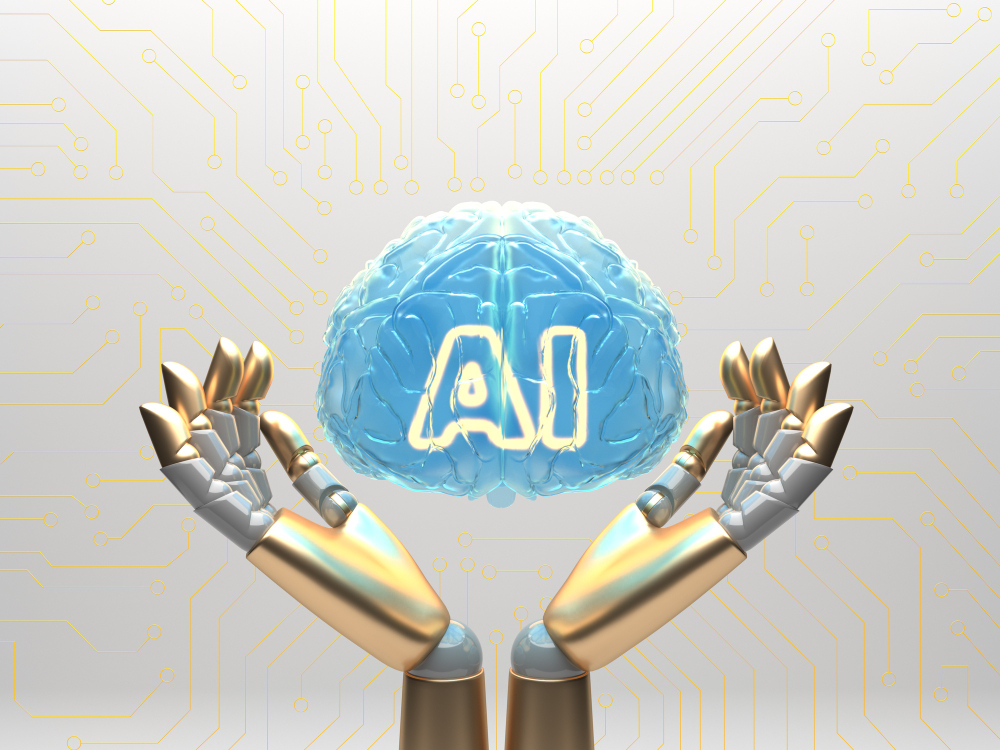In the ever-evolving landscape of graphic design, technology continues to shape and redefine the creative process. One of the most exciting advancements in recent years has been the integration of artificial intelligence (AI) into creative tools and software. AI-driven creative tools are revolutionizing the way graphic designers work, offering innovative solutions that enhance productivity, streamline workflows, and inspire new levels of creativity. In this article, we will explore the realm of AI-powered software and discover how these tools are transforming the field of graphic design.
-
Intelligent Design Assistance
AI-driven creative tools provide designers with intelligent design assistance that augments their creative capabilities. These tools analyze design elements, patterns, and user preferences to offer suggestions, generate alternative design options, and assist with time-consuming tasks. By harnessing the power of AI, designers can speed up their workflow, explore new design possibilities, and find inspiration in ways that were previously unimaginable.
-
Automated Image Editing and Enhancement
AI-powered software offers advanced image editing capabilities that go beyond traditional editing tools. With AI algorithms, designers can automate tasks such as background removal, image retouching, and color correction. These tools can intelligently analyze images, understand their content, and apply enhancements automatically. This not only saves time but also allows designers to focus more on the creative aspects of their work.
-
Customizable Design Generation
AI-driven creative tools can generate customized design solutions based on specific parameters and requirements. By inputting preferences, target audience demographics, or design objectives, designers can leverage AI algorithms to generate unique design options. This capability allows designers to explore a wide range of possibilities quickly and efficiently, sparking new ideas and pushing creative boundaries.
-
Natural Language Processing for Design Briefs
AI-powered software can interpret and analyze design briefs written in natural language. Through natural language processing, these tools can extract key information, understand design objectives, and suggest design concepts that align with the brief. This feature facilitates effective communication between designers and clients, streamlining the design process and ensuring a shared understanding of project goals.
-
Advanced Data Visualization
AI-powered tools excel in the realm of data visualization, helping designers transform complex data into visually compelling and easily digestible graphics. By analyzing data sets, AI algorithms can generate infographics, charts, and visual representations that communicate information effectively. This empowers designers to create engaging data-driven designs without the need for extensive manual data processing.
-
Predictive Design Insights
AI-driven creative tools can analyze vast amounts of design data to extract insights and trends. These insights can guide designers in making informed decisions about design elements, color choices, typography, and layout. By leveraging predictive analytics, designers can create designs that resonate with their target audience and align with current design trends.
-
Continuous Learning and Improvement
AI-powered creative tools have the ability to continuously learn and improve through machine learning algorithms. They can adapt to user preferences, refine their suggestions, and evolve based on feedback. This learning capability ensures that designers benefit from ongoing improvements and enhancements, resulting in increasingly efficient and effective design processes.
In conclusion, AI-driven creative tools are transforming the world of graphic design by offering innovative solutions that augment designers’ capabilities, enhance productivity, and spark new levels of creativity. These tools, with their intelligent design assistance, automated image editing, customizable design generation, and advanced data visualization capabilities, are pushing the boundaries of what is possible in graphic design. As AI technology continues to advance, we can expect further advancements in AI-driven creative tools, opening up new possibilities and empowering designers to create even more impactful and visually stunning designs.
Source : Medium.com




 No products in the basket.
No products in the basket.